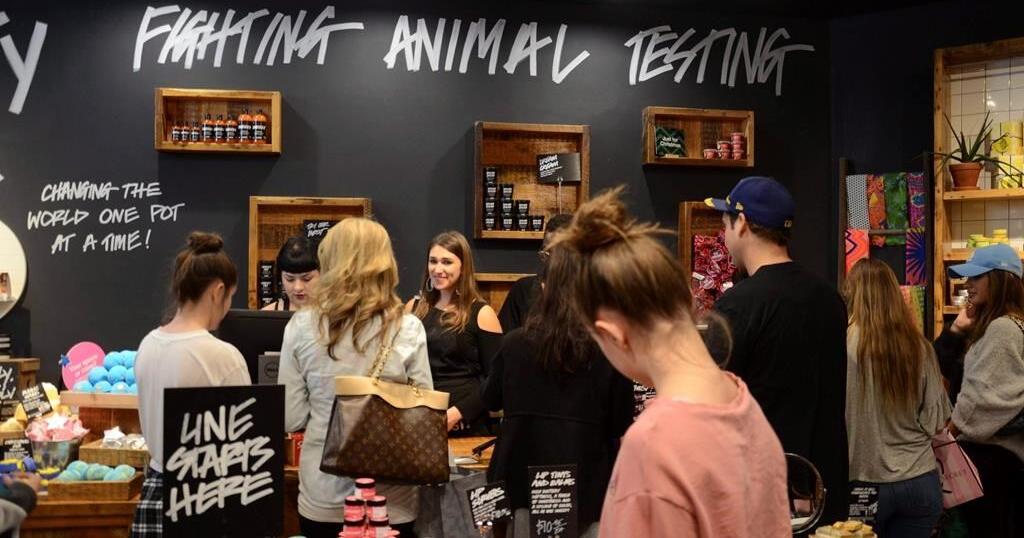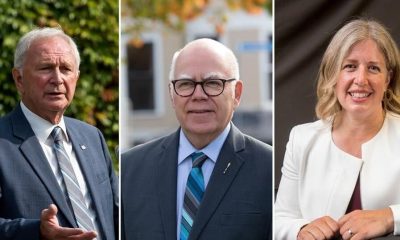Years ago, I attended a dinner party at which a relationship therapist was present. We were twelve, and some of us had never met. As you’ve probably experienced when attending a gathering, there’s a tendency to split into pairs or trios, resulting in fragmented discussions. However, the relationship therapist took control by asking everyone at the table: “What’s on your unofficial résumé? I’m a relationship therapist with a private practice. I enjoy hearing people’s stories and how they got to where they are today.”
Not
- “How you’re doing?”
- “What do you do for a living?”
- “How do you know Jackie and Nunzio [our hosts]?”
Her question probed deep, and all eyes were on her. How she introduced herself was an education in making a memorable introduction by being interesting and interested.
More impressive, while fictional, is how James Bond introduces himself to a glamourous woman, Sylvia Trench, and subsequently to the movie viewer, who’s going head-to-head with him while playing chemin de fer at one of London’s finest clubs, Les Ambassadeurs.
Bond: I admire your courage, Miss…?
Sylvia: Trench… Sylvia Trench… and I admire your luck, Mr…?
Bond: Bond… James Bond.
Of course, there’s much more to this scene, such as Bond’s playful mirroring of “Trench… Silvia Trench.” After Sylvia loses her next hand, a man taps Bond on the shoulder, and Bond politely excuses himself. While walking to the front door, he arranges dinner with Sylvia and casually tips the doorman as we see on Sylvia’s face, “Who is this man?” At no time does Bond linger.
I bring up the opening scene of the first Bond film, Dr. No (1962), because in under two minutes, you know everything you need to know about James Bond: smooth, debonair, supremely self-confident and risk-taking.
It’s an art to introduce yourself in such a way that the other person wants to learn more about you, an art well worth learning. Whenever you meet someone for the first time (read: a networking opportunity), at a dinner party, the person you’re paired up to play golf with, a new neighbour and especially your interviewer, how you introduce yourself is everything!
Are you introducing yourself as effectively as Bond or as memorable as the relationship therapist, cutting to the essence of who you are?
Most people are bad at introducing themselves—fumbling, rambling, and underselling themselves—even more so, thanks to social media eroding social skills. This is a problem. Like it or not, the first impression we make makes or break opportunities.
Being aware of what you’re projecting about yourself is the first step in formulating an introduction that makes you interesting and, therefore, memorable so the other person is compelled to learn more about you.
Don’t get “lumped in.”
When introducing themselves, people usually state their title and workplace. Wrong! When you say, “I’m an accountant for Wayne Enterprises,” the other person immediately lumps you into their preconceived notion(s) of what you do and whom you work for. Engage their imagination instead.
Bad: “I’m a software engineer at Yoyodyne.”
Good: “I build tools for venture capitalists at a quirky startup called Yoyodyne; it’s been a great ride so far! Technically, I am an engineer; therefore, I find myself dealing with product and design work, which I’ve discovered I’m good at.”
Tell a micro-story.
If you want to make a memorable introduction, introduce yourself in the form of a story. Storytelling is how humans learn because stories are mentally sticky.
Bad: “I moved to Toronto for work. I’m a project manager at BXJ Technologies.”
This introduction is boring because most (hand-raised) people in Toronto moved to Toronto for work.
Good: “I’m a bit of a third culture kid. I grew up in Singapore and London, which explains my accent. I moved to Toronto to experience new energy. Ultimately, I fell in love with project management, Cabano’s Cheeseburgers and Toronto’s bubbly art scene.”
Consider “hooks.”
Ideally, your introduction should lead to a meaningful conversation; therefore, try to fill your introduction story with a hook, such as a unique experience, an interesting fact or a comparison—a great way to create a visual—to arouse interest and spark a conversation.
Bad: “I’m a financial lawyer.”
Good: “Have you seen the movie Dark Waters about the guy who took Dupont to court for millions of dollars? Well, I’m like that guy, only less stressed and famous, and I work for a bank.”
Highlight your unique journey.
Everyone has a story. Introducing what makes yours unique will make you interesting and memorable.
Most likely, like me, you’ve had an unconventional career path:
“Believe it or not, I began my career as a barista. Pouring coffee gave me considerable experience in customer service and time efficiency. With those skills, I now manage St. Eligius Hospital’s administration staff, ensuring the inpatient experience is as stress-free as possible.”
Consider weaving into your introduction:
- Countries or cities you’ve lived in: “I’ve called three continents home…”
- An unusual hobby: “When I’m not crunching numbers, I’m usually rock climbing…”
- Volunteer experience: “I spend my weekends…”
- An unexpected skill: “My theatre experience often proves useful in board meetings…”
_____________________________________________________________________
Nick Kossovan, a well-seasoned veteran of the corporate landscape, offers “unsweetened” job search advice. You can send Nick your questions to artoffindingwork@gmail.com.
Related
































